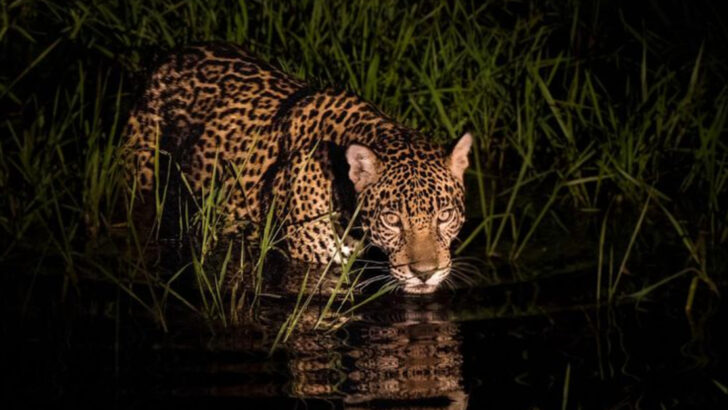Solitary? Think again.
Big cats may have a reputation for being lone hunters,
but their social lives are far from one-size-fits-all.
Lions live in tight-knit prides ruled by power and protection.
Cheetahs form unexpected brotherly bonds.
Tigers? They’ll surprise you with secret social rendezvous in the wild.
From cooperative parenting to turf wars that would make soap operas blush,
these majestic predators run the full spectrum of social behavior.
It’s not just about survival—
it’s strategy, loyalty, rivalry, and sometimes… full-on family drama.
Let’s lift the curtain on the wild lives of the world’s most mysterious cats.
Lion Prides
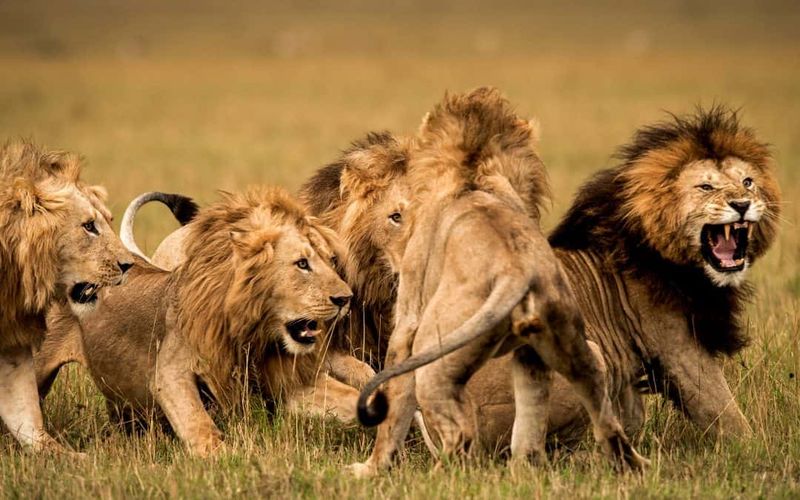
Lions live in unique social groups known as prides. A typical pride consists of several related females, their offspring, and a small number of adult males. This social structure offers protection against intruders and aid in hunting. The pride works together to rear young and defend territory.
Interestingly, males often leave the pride when they mature to establish their own dominance elsewhere. Females, however, generally stay with the pride for life. This cooperative living arrangement sets lions apart from other big cats, fostering a strong sense of community and shared responsibility.
Solitary Tigers
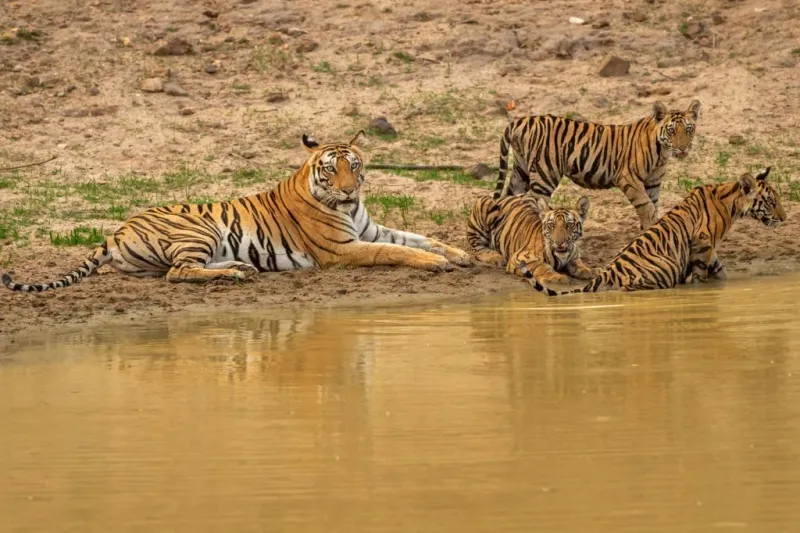
Tigers are solitary creatures, relying on individual strength and stealth to survive. Each tiger maintains a large territory which they mark with scent to ward off others. Solitude allows them to focus on hunting and provides enough prey for sustenance.
Though solitary, tigers communicate with each other through vocalizations and scent markings. Males and females only come together for mating. This solitary nature is a contrast to the lion’s communal life, highlighting diverse survival strategies among big cats.
Cheetah Coalitions

Cheetahs, known for their speed, exhibit a unique social structure. Unlike most big cats, male cheetahs often form coalitions, usually consisting of brothers. These coalitions are beneficial for hunting and territorial defense.
Female cheetahs, however, remain mostly solitary, focusing on raising their cubs alone. This dual strategy enhances survival, with males banding together for strength and females ensuring their young are nurtured without competition.
Leopard Loners
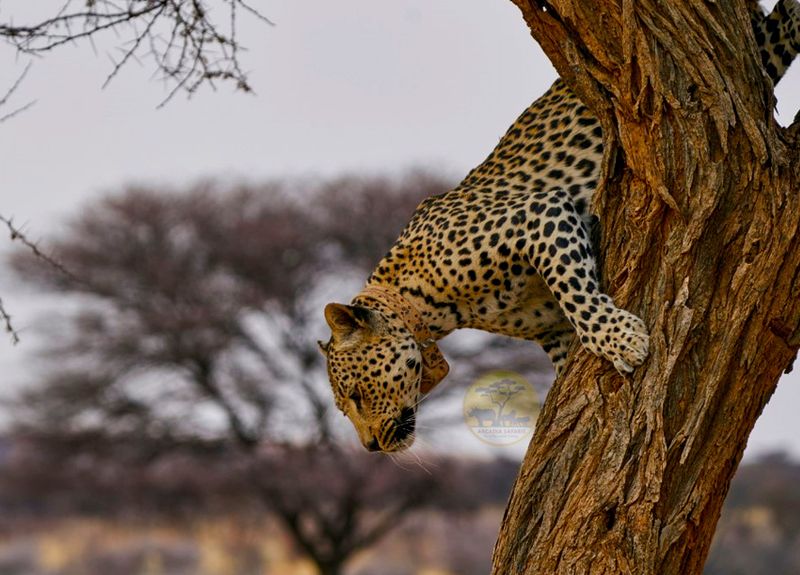
Leopards are quintessential loners, preferring independence over communal living. They are highly adaptable, living in various habitats from savannahs to rainforests. Each leopard controls its territory meticulously, marking it with scent to keep others at bay.
Unlike lions, leopards hunt alone, relying on stealth and surprise. Their solitary nature is a testament to their adaptability and survival prowess in diverse environments. This independence allows leopards to thrive without the need for group dynamics.
Snow Leopard Solitude
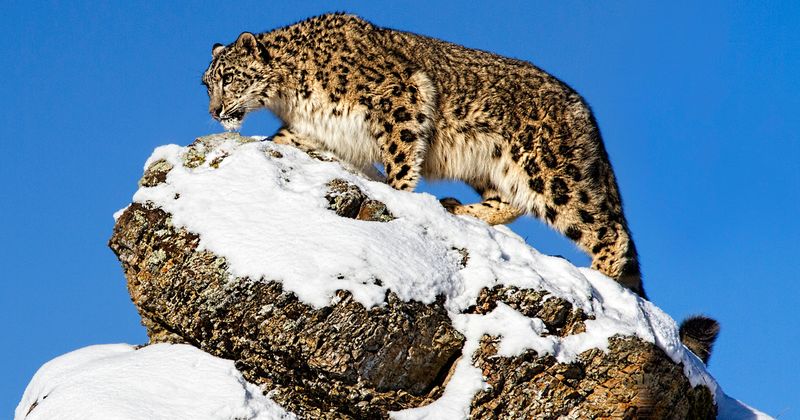
Snow leopards are elusive, solitary creatures that roam the mountainous regions of Central Asia. Their solitary lifestyle is shaped by the harsh and sparse environment they inhabit. By living alone, they reduce competition for limited resources.
Despite their solitude, snow leopards communicate through vocalizations and scent markings, especially during mating seasons. Their ability to survive in such extreme conditions is a testament to their resilience and adaptability.
Jaguar Territories
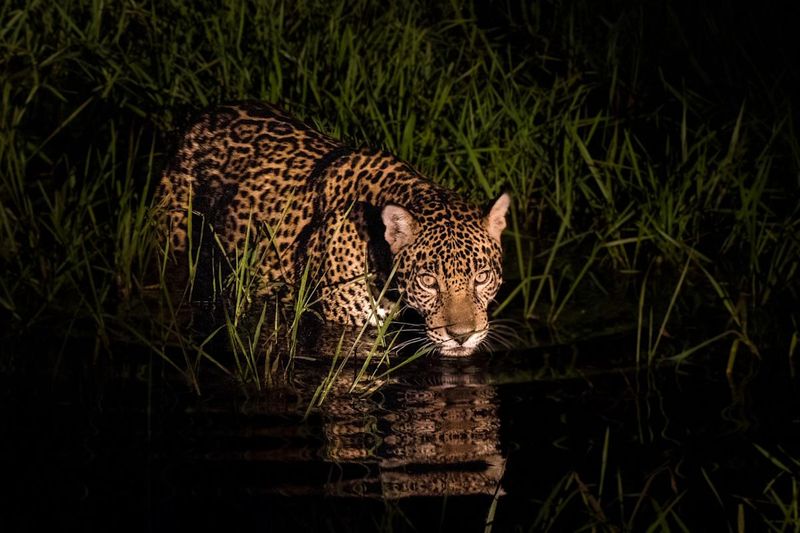
Jaguars are solitary and territorial, much like their leopard cousins. They inhabit dense rainforests, preferring to control and defend their own space. This territorial behavior reduces competition and ensures enough prey for survival.
Jaguars communicate through vocalizations and scent markings, especially during mating seasons. Their solitary existence is complemented by a powerful presence in their domain, showcasing an impressive blend of strength and independence.
Cougar’s Flexible Sociality
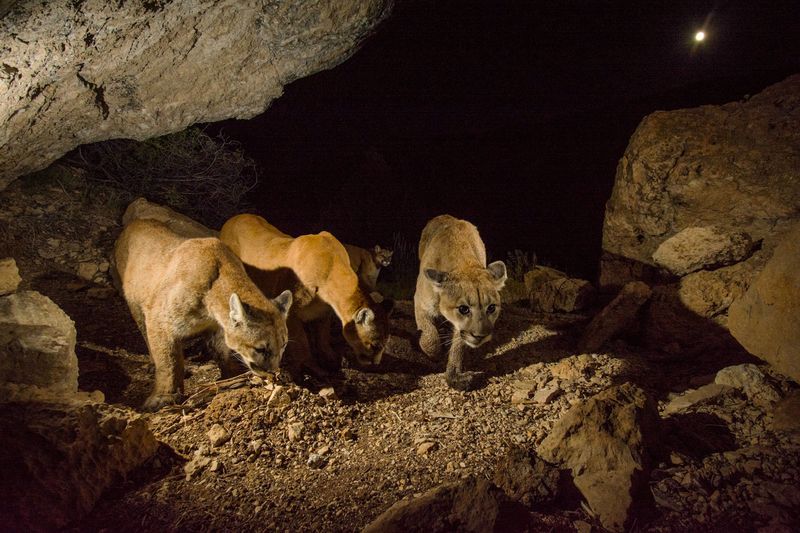
Cougars, or mountain lions, exhibit flexible social behaviors. Typically solitary, they roam vast territories, which they mark and defend. However, mothers form close bonds with their young, teaching them survival skills.
Occasionally, cougars may share kills, showing a degree of social tolerance uncommon in solitary cats. This adaptability is key to their survival across diverse habitats, from forests to mountains.

